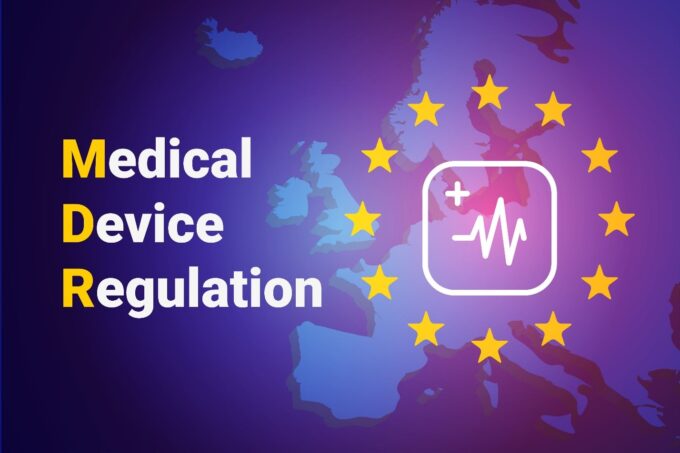The European Union Medical Device Regulation (EU MDR), which came into full effect on May 26, 2021, has introduced a more rigorous regulatory framework for medical device companies operating within the EU. This regulation aims to ensure a higher level of safety and quality for medical devices being produced and supplied in Europe. However, the transition from the previous directive (MDD) to the new regulation has posed significant challenges for manufacturers. Patrick Gora explores the major hurdles encountered by these companies and outlines practical solutions to facilitate compliance with the stringent requirements of the EU MDR.
Understanding the EU MDR
The EU MDR replaces the older Medical Devices Directive (93/42/EEC) and the Active Implantable Medical Devices Directive (90/385/EEC) with a more stringent set of rules that apply to the vast array of medical devices brought to the EU market. The regulation significantly expands the scope of what is considered a medical device and tightens the rules on clinical evidence, including more stringent post-market surveillance.
Key Challenges
- Expanded Scope and Classification Changes
Under the EU MDR, many products that were previously not classified as medical devices or were subject to less stringent regulations now find themselves needing to comply with more rigorous standards. For example, certain software and aesthetic products that have a medical purpose are now classified as medical devices. - Stricter Clinical Evidence Requirements
The new regulation demands more substantial clinical evidence to support the safety and efficacy of devices. Manufacturers must conduct clinical evaluations and, in many cases, clinical trials, which can be lengthy and expensive. - Increased Transparency and Traceability
The EU MDR requires a unique device identification (UDI) system to enhance traceability of devices across the supply chain. This necessitates updates to packaging and labeling, as well as the implementation of systems to manage these data. - Enhanced Post-Market Surveillance
Companies must establish more comprehensive post-market surveillance systems to continuously assess the safety of devices after they have been released onto the market. This includes the creation of periodic safety update reports (PSURs) and more immediate reporting of serious incidents. - Resource Intensive Compliance
The need for additional documentation, data management, and ongoing compliance monitoring means that companies must allocate more resources, including personnel and budget, to regulatory affairs.
Practical Solutions and Strategies
- Early Planning and Gap Analysis
To manage the transition effectively, companies should start by conducting a thorough gap analysis to understand the discrepancies between their current practices and the requirements of the EU MDR. This should include a review of product classifications, available clinical data, quality management systems, and post-market surveillance processes. - Investment in Clinical Research
Given the enhanced requirements for clinical evidence, companies should consider investing in clinical research capabilities or partnering with clinical research organizations (CROs). This will be crucial in gathering the necessary clinical data to support the safety and efficacy of their devices. - Enhanced Data Management Systems
To handle the increased demands for documentation and data tracking required by the EU MDR, companies should invest in robust data management systems. These systems can facilitate the management of clinical data, UDIs, and the extensive documentation required for regulatory compliance. - Training and Development
Ensuring that staff are well-trained on the requirements of the EU MDR is crucial. Companies should invest in ongoing training for their regulatory, quality, and clinical teams to keep them abreast of the regulatory landscape and competent in managing the requirements. - Engaging with Notified Bodies Early
Engaging with notified bodies early in the compliance process can provide insights into the expectations and interpretations of the EU MDR requirements. Early engagement can also help in identifying potential issues that might arise during the conformity assessment process. - Utilizing Regulatory Consultants
For many companies, particularly small and medium-sized enterprises (SMEs), navigating the EU MDR can be daunting. Hiring regulatory consultants who specialize in EU regulations can provide the necessary guidance and expertise to streamline the compliance process.
The implementation of the EU MDR represents a significant challenge for medical device companies, but with careful planning, appropriate investment, and strategic action, compliance can be achieved. The key lies in understanding the intricacies of the regulation, preparing adequately, and utilizing available resources and expertise effectively. As the medical device industry continues to evolve, staying ahead in regulatory compliance will not only ensure market access but also enhance the safety and efficacy of medical devices available to consumers.
